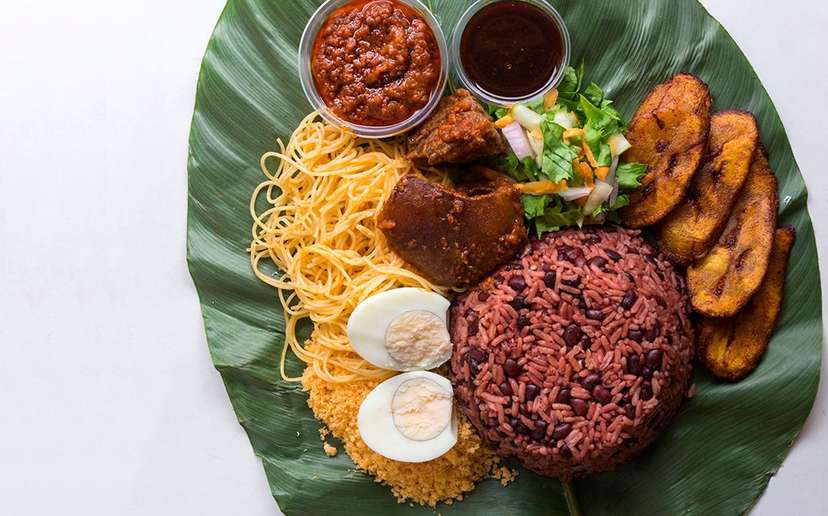Waakye (/ˈwɑːtʃeɪ/ WAH-chay) is a beloved and popular Ghanaian dish that consists of cooked rice and beans. Although it is commonly enjoyed for breakfast or lunch, some people also savor it for supper. What sets waakye apart is its unique flavor and reddish appearance, achieved by cooking red dried sorghum leaf sheaths or stalks and limestone together with the rice and beans. Before consumption, the sorghum leaves are carefully removed from the dish. The term “waakye” originates from the Nigerian Hausa language, where it simply means “beans.” It is a shortened form of the full name “shinkafa da wake,” which translates to “rice and beans.”
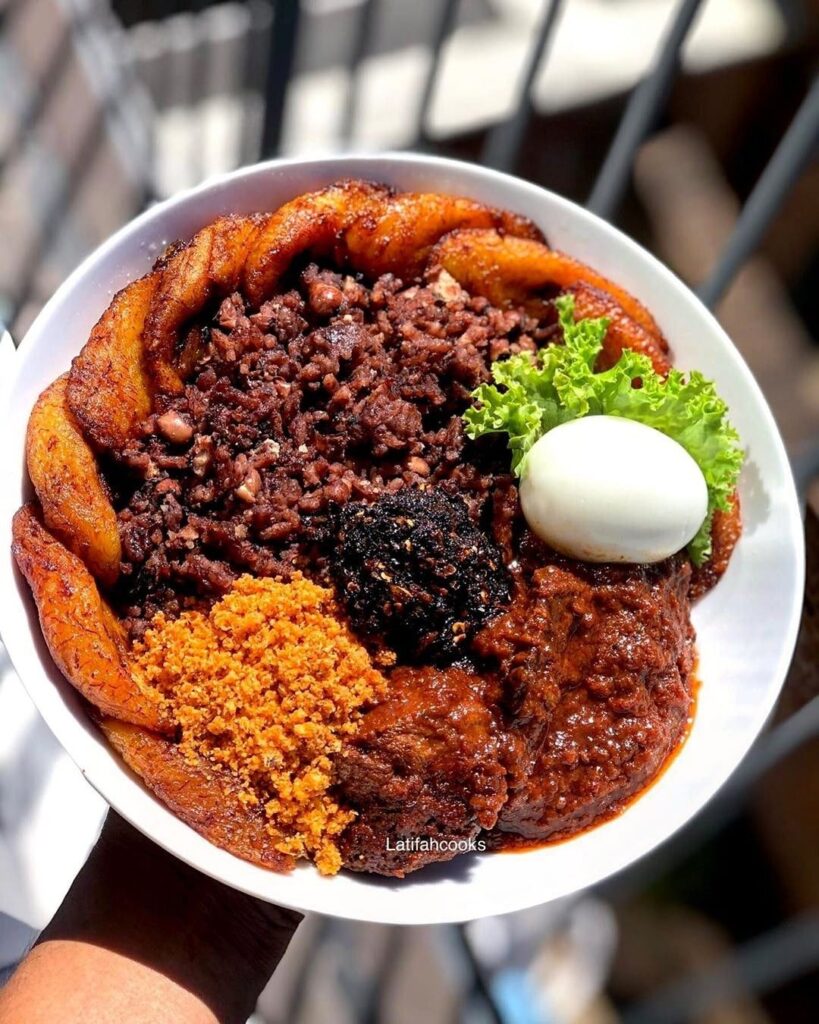
In Ghana, waakye is often sold by roadside vendors, and it is commonly served wrapped in a banana leaf, adding a touch of natural fragrance to the dish. It is typically accompanied by a variety of flavorful side dishes that enhance the overall dining experience. These accompaniments include Wele stew (a delicious sauce made with dried cow skin), boiled chicken eggs, garri (ground cassava), shito (a spicy black pepper sauce), vegetable salad made with cabbage, onions, and tomatoes, spaghetti (known as talia in Ghana), or fried plantain. The combination of these side dishes with waakye creates a delightful and satisfying meal for those who indulge in it.
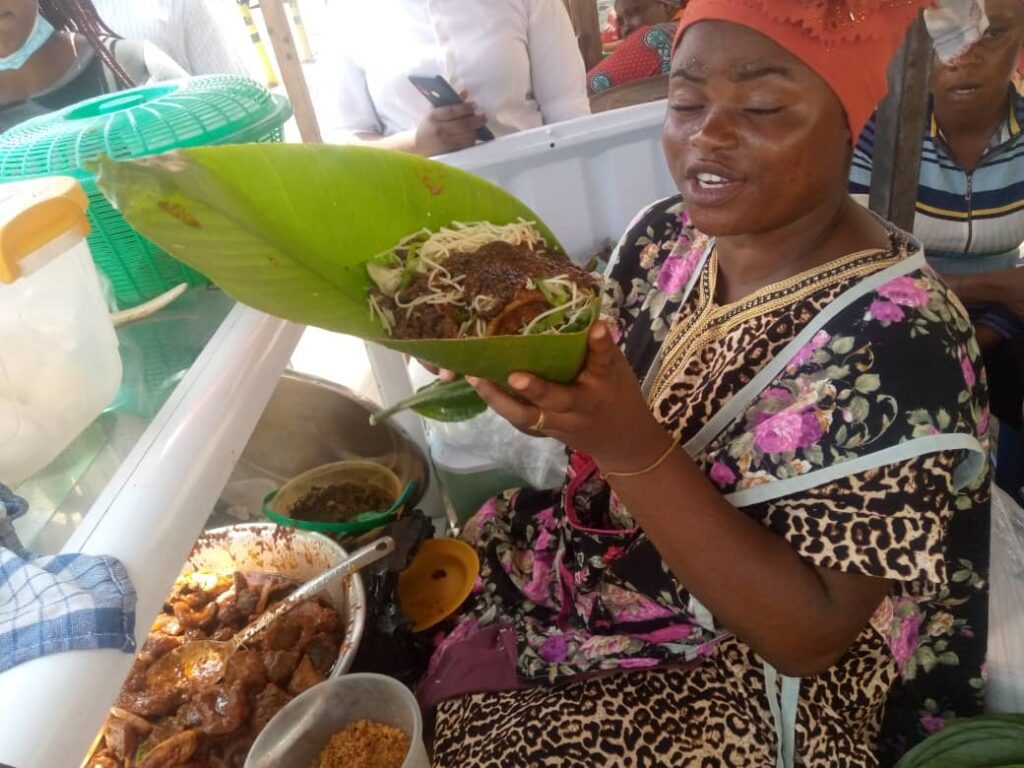
History
Historically, waakye is believed to have originated from the Hausa people and their culinary traditions. It is speculated that this dish may have influenced rice and beans recipes found in the Caribbean and South America, owing to the transatlantic slave trade and the dispersion of African culinary practices.
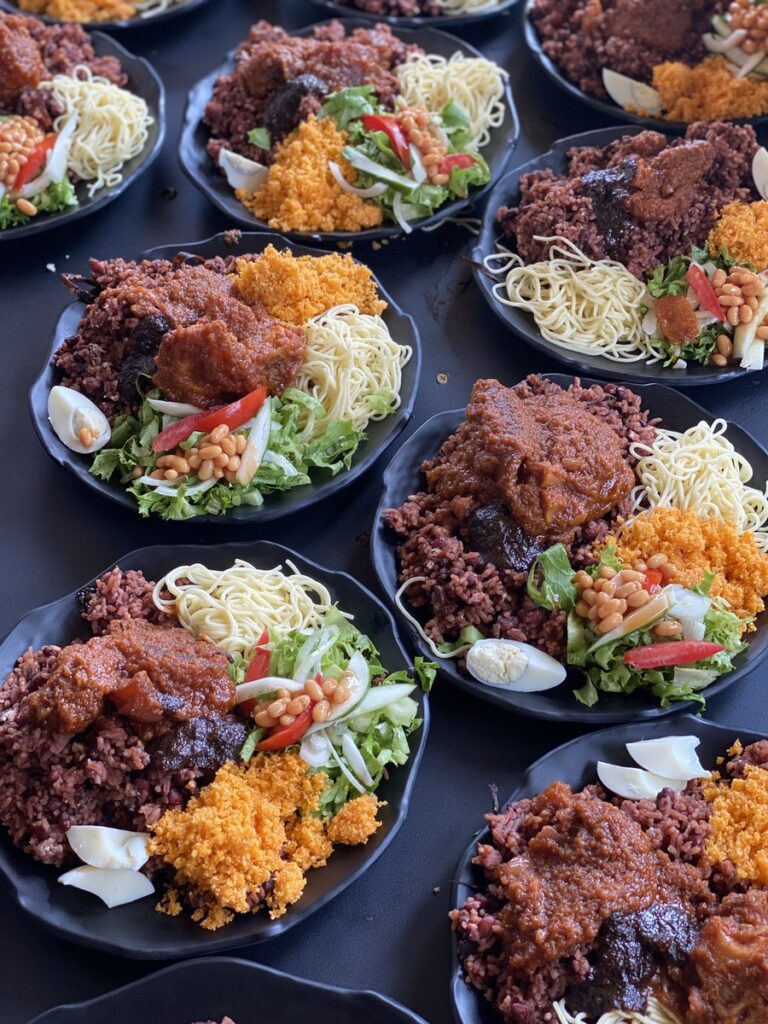
Preparation
Preparing waakye involves a specific cooking method to achieve its distinctive taste and appearance. The process begins by boiling the beans together with dried millet stalk leaves. This technique softens the beans and infuses them with a reddish hue. Once the beans reach the desired consistency, rice is added to the pot, and both ingredients are cooked together. The mixture is simmered over a fire or stove until the rice is tender, absorbing the flavors of the beans, sorghum leaves, and limestone. The resulting waakye is a harmonious blend of textures and tastes, making it a favorite among Ghanaians.
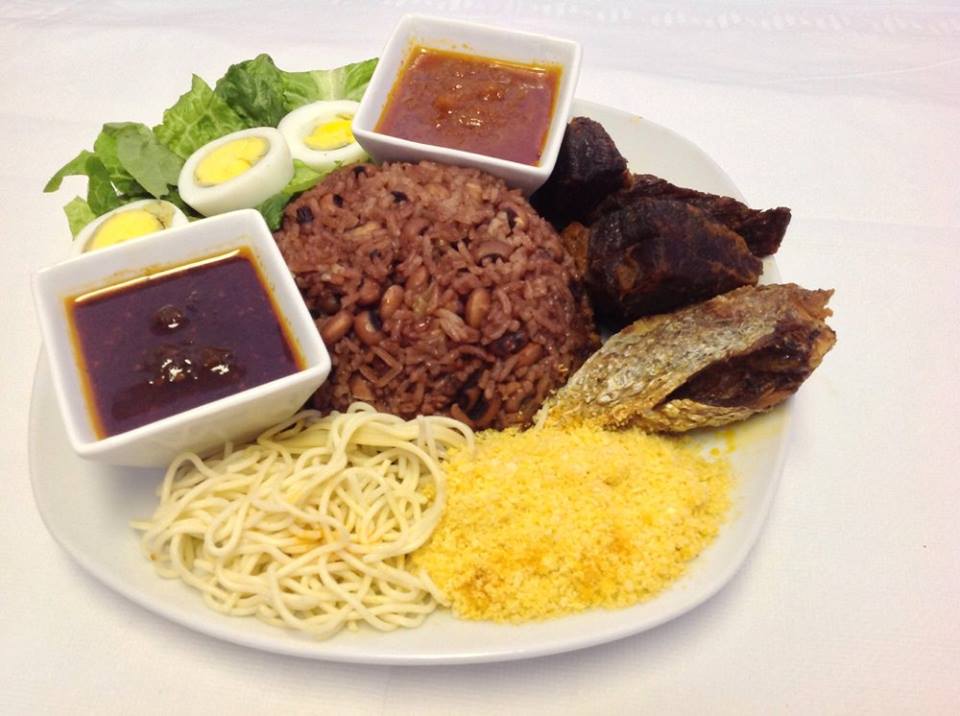
Waakye holds a special place in Ghanaian cuisine, appreciated for its delicious flavor, nutritional value, and cultural significance. It is not only a satisfying meal but also a symbol of Ghana’s rich culinary heritage. Whether enjoyed by locals or savored by visitors, waakye continues to be cherished and celebrated as an iconic dish that represents the diverse and vibrant flavors of Ghana.


